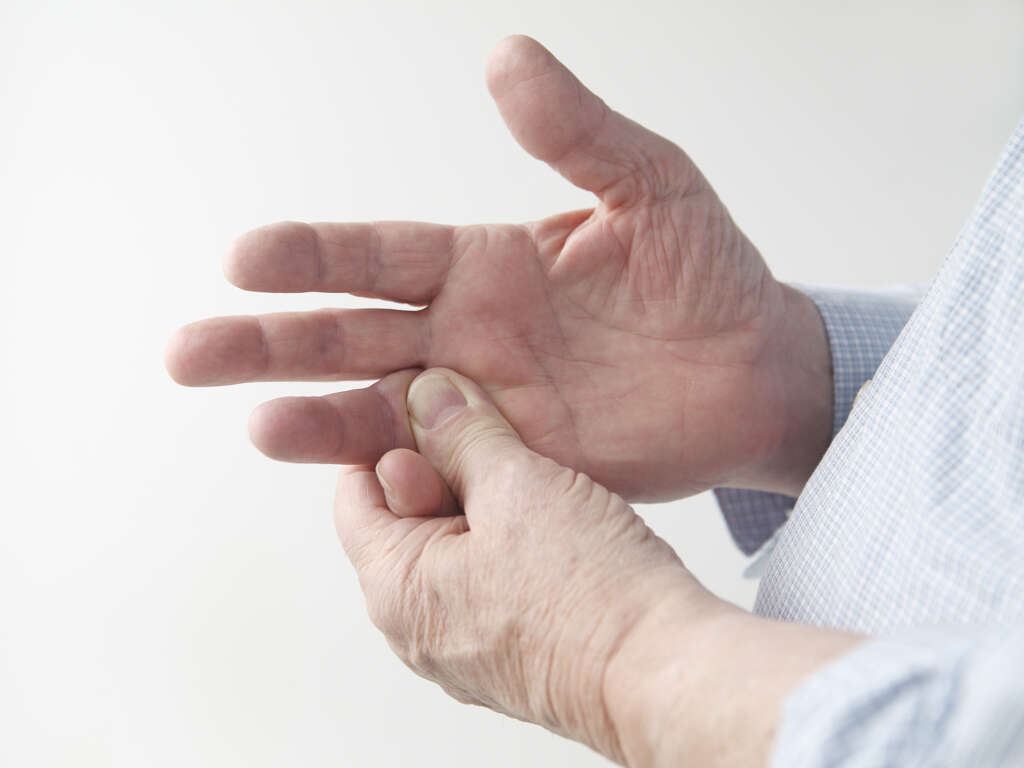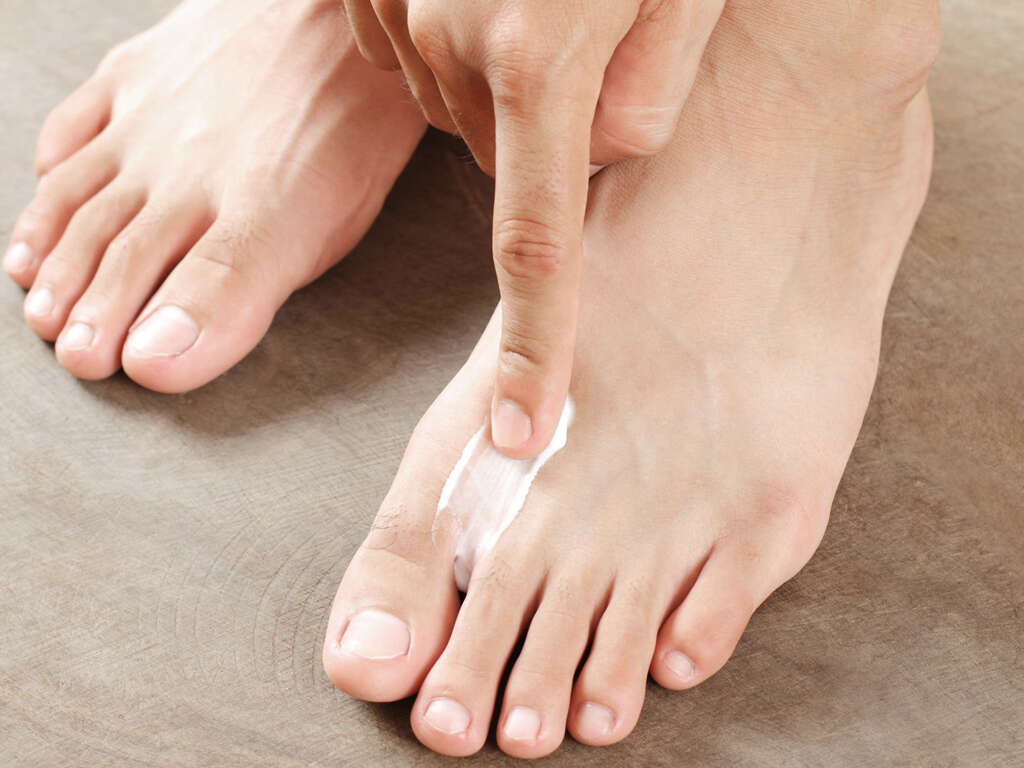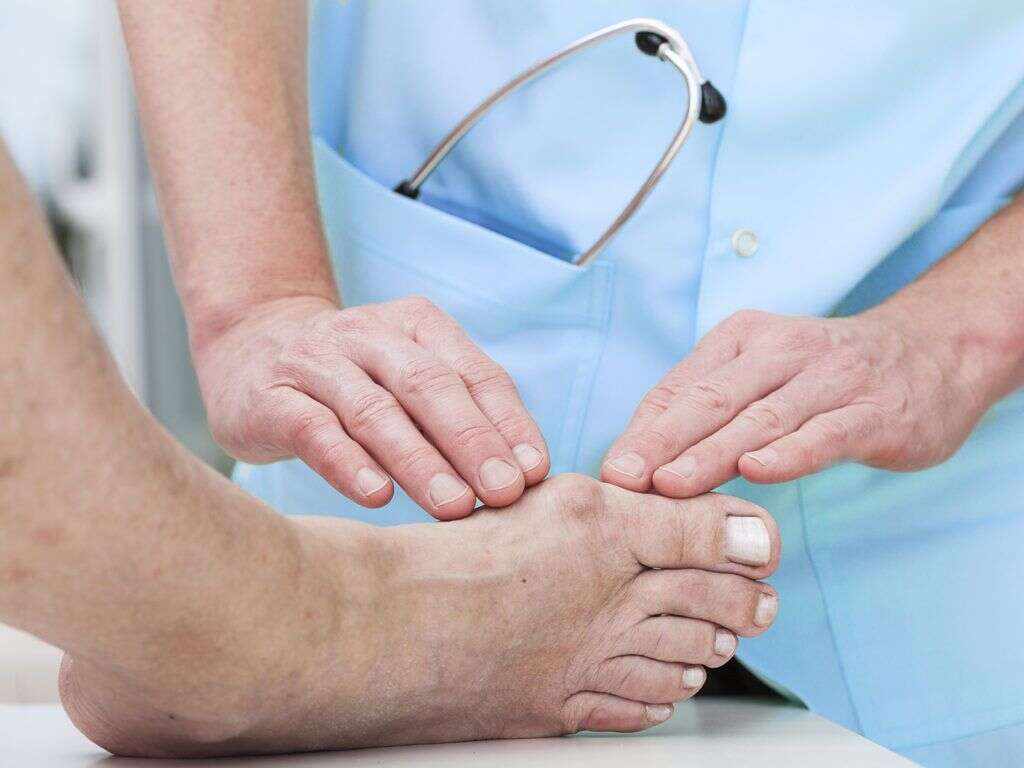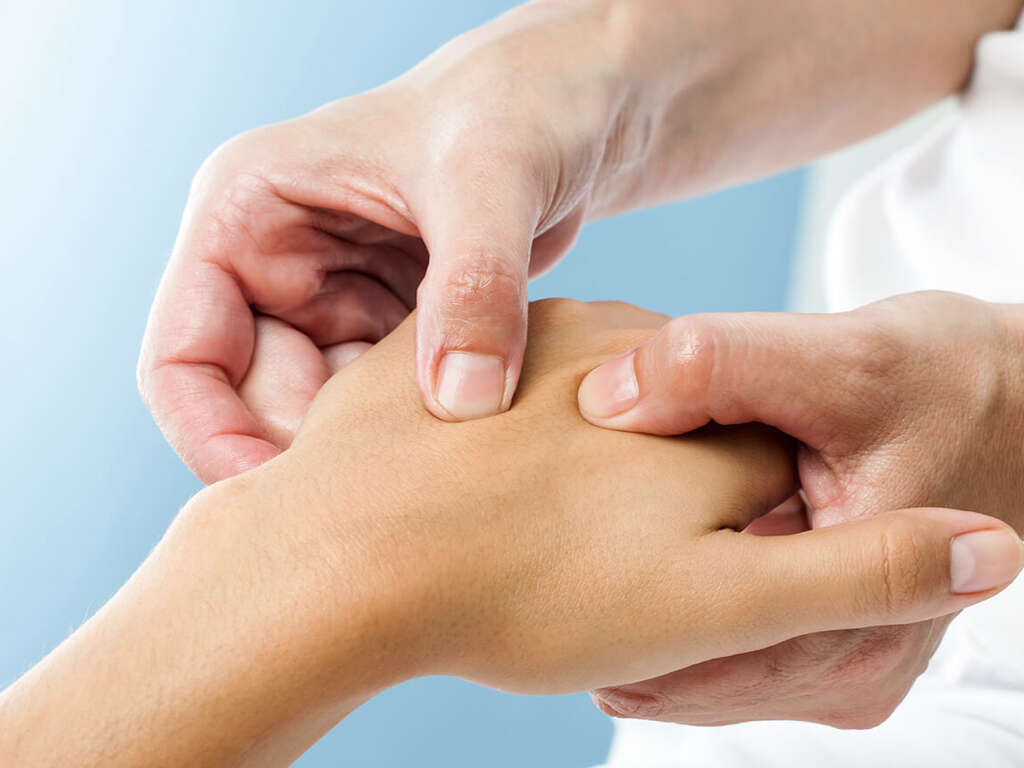What Is Raynaud's Disease?
 Article Sources
Article Sources
- 1. Fava, A., & Boin, F. (1970, January 01). Historical Perspective of Raynaud's Phenomenon. Retrieved September 02, 2020, from https://link.springer.com/chapter/10.1007/978-1-4939-1526-2_1
- 2. Hansen-Dispenza, H., MD. (2019, November 02). Raynaud Phenomenon: Practice Essentials,Pathophysiology, Etiology. Retrieved 2020, from https://emedicine.medscape.com/article/331197-overview#a5
- 3. Goudry, B., Bell, L., Langtree, M., & Moorthy, A. (2012). Diagnosis and management of Raynaud’s phenomenon. BMJ, 344, 37-42. doi:10.1136/bmj.e289
Raynaud’s phenomenon is a rare condition that can manifest as intermittent narrowing of blood vessels (vasospasm) of the extremities, especially of the fingers and toes. It results in restricted blood flow to the affected regions, also known as ischemia, causing several changes in their color and temperature. This phenomenon commonly occurs in response to an emotionally stressful situation or to changes in temperature. Furthermore, Raynaud’s phenomenon may be primary, also known as Raynaud’s disease, or secondary. The Primary Raynaud phenomenon is characterized by vascular manifestation alone, without an associated underlying condition. On the contrary, the secondary Raynaud phenomenon describes the same vascular manifestation, but it is related to a defined associated disease.
In general, Raynaud’s Disease occurs more frequently in women than in men. Moreover, it happens in the second or third decade of a person’s life. The prognosis for primary Raynaud’s phenomenon is excellent, and it rarely causes complications. Management of the condition is simple and requires only lifestyle changes and avoidance of possible stimuli. On the other hand, the prognosis for secondary Raynaud’s phenomenon depends on the associated condition. Complications in this condition are more frequent; hence, the management of acute episodes can be more complex.

1. History
Approximately 160 years ago a French doctor known as Maurice Raynaud discovered “Raynaud syndrome”. It was a disorder that, according to him, caused the narrowing of blood vessels and in extreme cases caused the development of gangrene in an extremity. He published his findings in his medical school graduation thesis in 1862; however, he failed to recognize that the symptoms of the condition could be also related to a general underlying disease. His work was later translated into English and the term “Raynaud’s phenomenon” was used all over the world to describe these episodes.1Fava, A., & Boin, F. (1970, January 01). Historical Perspective of Raynaud’s Phenomenon. Retrieved September 02, 2020, from https://link.springer.com/chapter/10.1007/978-1-4939-1526-2_1
Later on, in 1932, Allen and Brown established the differences between Raynaud’s disease and secondary Raynaud’s phenomenon. Further theories of the underlying mechanisms of the conditions were proposed by other researchers. However, even after 160 years of studying Raynaud’s phenomenon, many aspects of the condition still remain unclear.

2. Epidemiology
According to the CDC, “prevalence is the proportion of person’s in a population who have a particular disease at a specified point in time or over a specified period of time”. In order to establish the true prevalence of a disease, a well- defined and reproducible diagnostic test is vital. In the case of Raynaud’s phenomenon, there is no such diagnostic test; thus, determining the prevalence of the condition is difficult. According to a seven-year study in whites, prevalence rates of Raynaud’s phenomenon in the US are eleven percent in women and eight percent in men.2Hansen-Dispenza, H., MD. (2019, November 02). Raynaud Phenomenon: Practice Essentials,Pathophysiology, Etiology. Retrieved 2020, from https://emedicine.medscape.com/article/331197-overview#a5
In general, Raynaud’s Disease usually happens in the second or third decade of a person’s life. As mentioned, it occurs more frequently in women than in men, while the secondary phenomenon’s prevalence varies with the associated disease. Primary Raynaud’s phenomenon has not been associated with any specific race. The prevalence and age of onset of secondary disease will usually depend on the underlying disease.

3. Disease Process
Understanding the underlying mechanism for any disease is vital to develop the appropriate way to treat it. Raynaud’s phenomenon is barely a new condition, and many years of research have gone by. However, the disease process for both types of phenomenon remains poorly understood. In Raynaud’s phenomenon intermittent narrowing of blood vessels of the extremities, also known as vasospasms, cause color and temperature changes in the skin of one or more body parts. This usually manifests in three stages and it is usually symmetric or bilateral (primary disease). However, all of the stages don’t have to be present to be diagnosed as Raynaud’s phenomenon.
It is believed that all of this happens because of complex alterations in the walls of blood vessels. In primary Raynaud’s disease they are believed to be functional, while in secondary Raynaud’s disease, structural alterations are more important. If you or a family member exhibit similar changes in any part of the body do not self- diagnose. Refer to your healthcare provider for diagnosis, since other important diseases that can cause similar symptoms must be ruled out (i.e. vasculitis or thrombosis).

4. Causes
The etiology of primary Raynaud’s phenomenon hasn’t been identified. Some researchers believe that its’ cause is autoimmune, which basically means that the immune system, in a person with this condition, attacks the host’s cells, eventually causing the disease. On the other hand, secondary Raynaud’s phenomenon has many possible causes that can be divided into occupational, related to diseases of the blood (hematologic), rheumatologic diseases (mostly autoimmune), occlusive arterial diseases (diseases that occlude blood vessels), medication-induced (cancer drugs and beta-blockers), among others.
Examples of occupational causes include jobs the handling of vibrating tools, cold exposure, and exposure to specific chemicals. Some hematologic causes of secondary Raynaud’s phenomenon include polycythemia vera, leukemia, multiple deficiencies of anticoagulant proteins or clotting factors in the blood (protein C deficiency, protein S deficiency, Factor V Leiden mutation), and infectious hepatitis B and C. Rheumatologic causes are also varied, but it is estimated that roughly ninety percent of patients with systemic sclerosis have Raynaud’s phenomenon. Other rheumatologic causes include mixed connective tissue disease, systemic lupus erythematosus, dermatomyositis or polymyositis, rheumatoid arthritis, and Sjögren’s syndrome.3Goudry, B., Bell, L., Langtree, M., & Moorthy, A. (2012). Diagnosis and management of Raynaud’s phenomenon. BMJ, 344, 37-42. doi:10.1136/bmj.e289
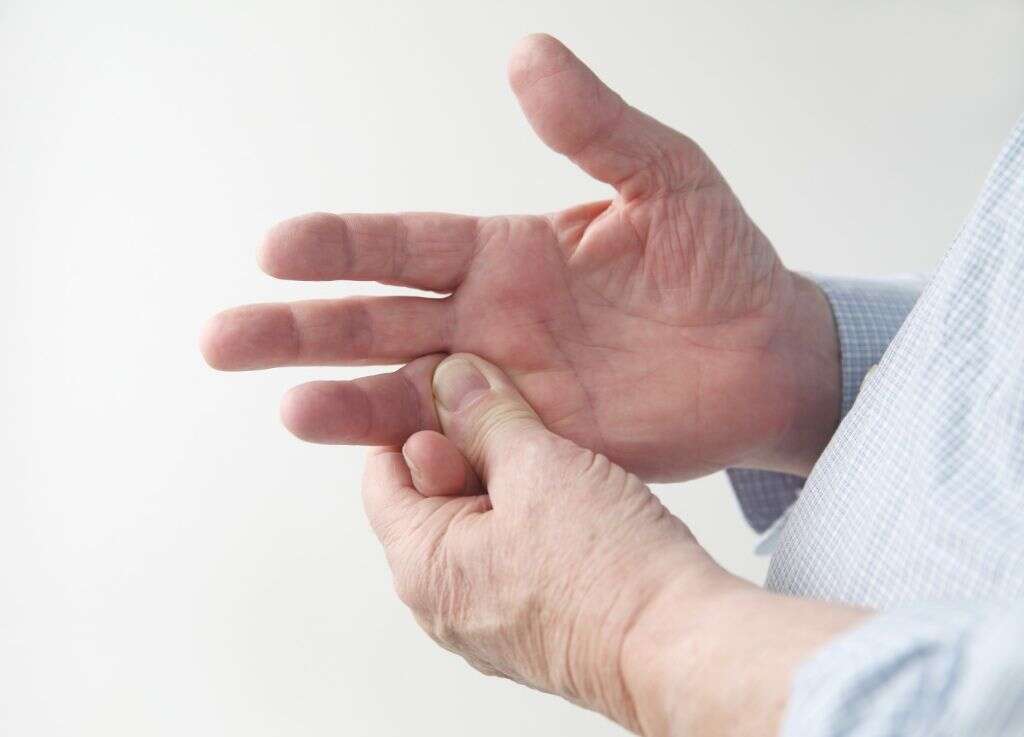
5. Risk Factors
A risk factor is a characteristic, condition, or behavior that increases a person’s chances of developing a disease. It demonstrates a connection between a factor with a given condition, but it does not necessarily prove causation. Primary and secondary Raynaud’s phenomenon may seem like the same condition, but they are not. They even have different risk factors. For primary Raynaud’s phenomenon, these include sex, age, climate, and family history. As previously mentioned, women are more likely to have this condition than men, and it will typically appear between the ages of fifteen and thirty. Also, if a parent, child, or sibling of a person exhibits this phenomenon, it increases their risk of primary Raynaud’s. Finally, living in a cold climate can trigger primary Raynaud. In fact, the disorder is more common in cold climates.
As previously mentioned, secondary Raynaud’s phenomenon is commonly associated with other diseases. Similarly, having any of these diseases is a risk factor for developing secondary Raynaud’s. Furthermore, some occupations can also be a risk factor for this condition. For example, jobs that involve the operation of tools that vibrate (i.e. jackhammers, sanders) can cause repetitive trauma to tissues of the hand, increasing the worker’s risk. Work environments that involve cold exposure or sudden temperature changes can also trigger episodes. Exposure to certain substances like polyvinyl chloride or solvents also predisposes workers. Finally, smoking and certain medications can predispose people to the phenomenon or even aggravate it.

6. Signs and Symptoms
People with an episode of Raynaud’s phenomenon exhibit color changes in their extremities triggered by changes in temperature (i.e. cold exposure), emotional stress, or other factors. These changes are usually intermittent and they can happen in three phases. They start with a white discoloration of the skin (pallor). This can be attributed to the initial narrowing of the blood vessels that supply the region and the subsequent restriction of blood flow. Then, a bluish discoloration of the skin (cyanosis) ensues, because oxygen-depleted blood predominates in the blood vessels of the region. Lastly, when the spasms of the blood vessel cease, blood returns to the affected tissue (hyperemia) and turns the skin warm and red.
In the first two phases of color changes, most patients report numbness and a cold sensation in the extremity. On the contrary, in the last phase, some patients report burning pain and a sensation of warmth in the region. Importantly, there must be a clear and visible border that separates the affected areas from the unaffected areas. Finally, the duration of these attacks varies, they can last from minutes to hours; however, most changes are reversible.
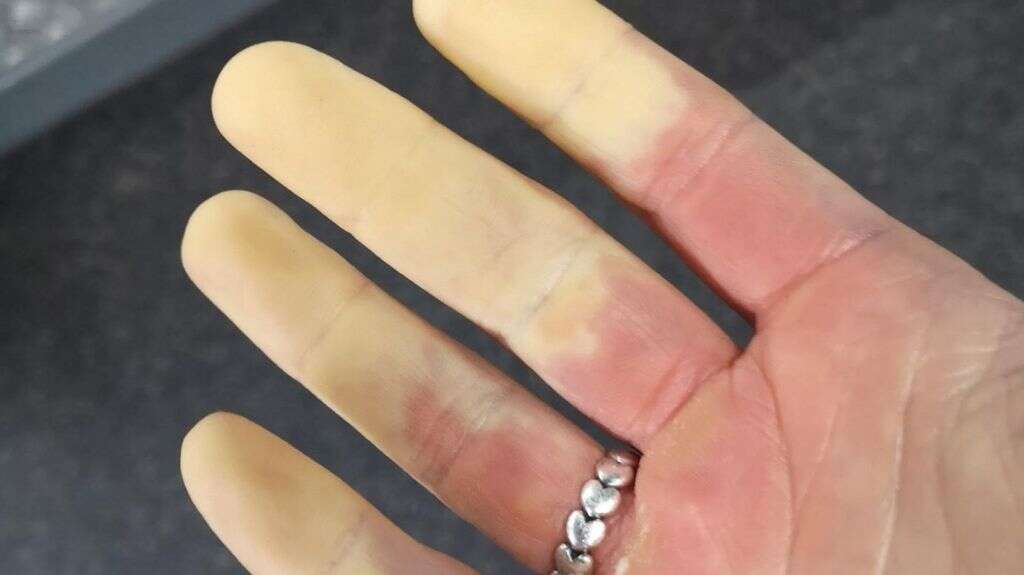
7. Complications
Normally, most of the changes in Raynaud’s phenomenon are reversible. In rare cases, severe complications can arise in the form of sores or ulcers in the skin of the extremity involved (i.e. finger pads). This happens because blood flow to the tissue is restricted for longer periods of time and cell-death starts to occur. It constitutes a medical emergency, and if untreated, it can progress to gangrene or the death of the tissue involved. Signs and symptoms of gangrene on an extremity include skin discoloration (purple, black), blisters, swelling, foul-smelling discharge, and cold skin. Additionally, patients with this complication can experience excruciating pain in the region.
After a person’s first episode of Raynaud’s phenomenon, physicians should always be on the lookout for symptoms that can suggest an associated underlying disease. This is especially important because severe disease and complications are more common in secondary Raynaud’s phenomenon. Moreover, the physician must always rule out other possible causes of these findings such as vasculitis (inflammation of blood vessels), embolic disease (occlusion by a blood clot that traveled from another site), trauma, or extrinsic compression of the blood supply to the region. If you experience Raynaud’s phenomenon along with severe, and persistent pain in an extremity call your healthcare provider immediately.

8. Diagnosis
A physician can make the diagnosis for Raynaud’s phenomenon solely based on their clinical assessment. The doctor must thoroughly ask the patient questions about the finger or toes affected, the frequency of episodes, the pattern of color changes, and triggers for attacks. As previously mentioned, the doctor must also make a general evaluation of the patient after their first attack to determine secondary causes or associated diseases. Symptoms like rash, oversensitivity of skin to light, headaches, joint pains, sores, difficulty swallowing, and dry mouth sensation can also alert the clinician of such diseases. Finally, the doctor should ask about the patient’s occupation, habits (i.e. smoking), and medications.3Goudry, B., Bell, L., Langtree, M., & Moorthy, A. (2012). Diagnosis and management of Raynaud’s phenomenon. BMJ, 344, 37-42. doi:10.1136/bmj.e289
There are available studies that can be used to diagnose Raynaud’s phenomenon; however, none is better than the clinical assessment of an experienced physician. These tests include imaging studies, thermography (to detect heat patterns made by blood flow), and arteriography. A patient with a more severe lesion, such as digital ulcers or gangrene, might require other studies. Additionally, laboratory tests might be necessary to rule out an associated disease. Finally, most cases of Raynaud’s phenomenon can be treated in primary care, but some might need a referral to another specialist (i.e. rheumatology).
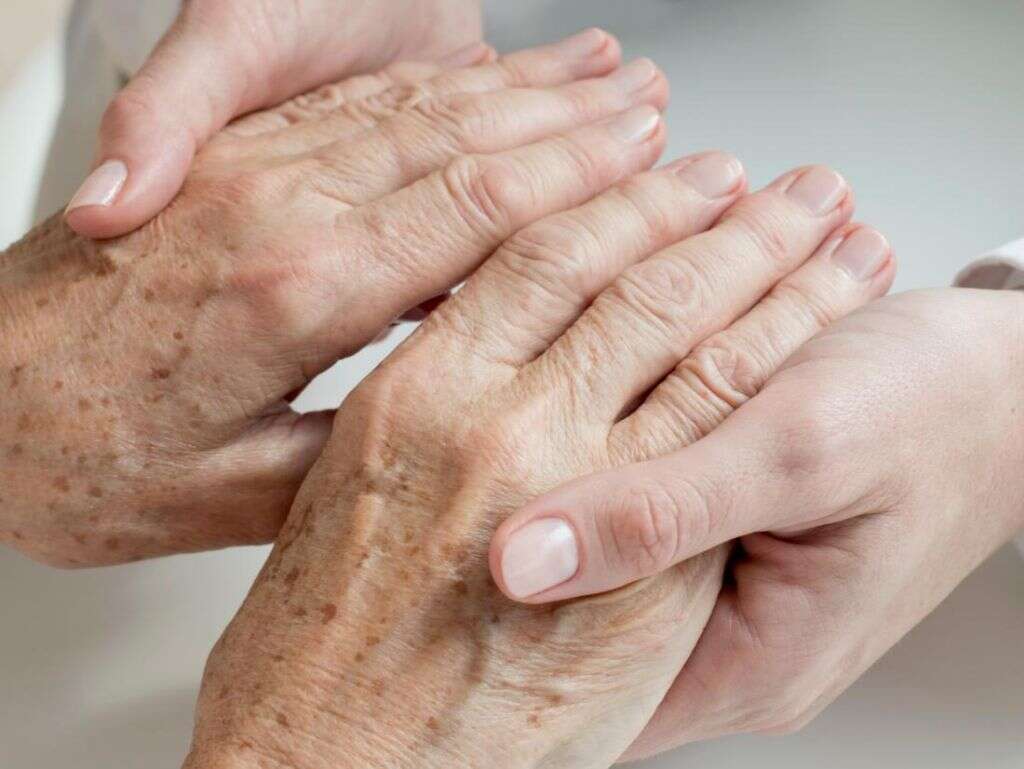
9. Management
The first step in the management of uncomplicated Raynaud’s phenomenon is educating the affected person about their condition. This can include recommendations on certain lifestyle changes. The warming of the affected region can also help with the acute symptoms. Lifestyle modifications can be very effective for people with primary Raynaud’s phenomenon. These include avoidance of environmental factors that trigger episodes (i.e. contact with frozen objects), the use of gloves or thick socks, and cessation of smoking. Patients can also be advised to discontinue drugs that provoke episodes. If these recommendations are insufficient, certain topical medications (that cause the widening of blood vessels), can be prescribed by the doctor.
If an underlying disease is suspected, referral to a specialist (i.e. rheumatology) is warranted. Treatment for a secondary Raynaud’s phenomenon varies according to the associated disease. Also, if a specific occupation is the cause of the condition, the patient can be advised to avoid triggers at work if possible. Certain medications can help to decrease the frequency and severity of the attacks in secondary disease. Most of them will act by relaxing and opening small blood vessels in your extremities to improve blood circulation. Finally, severe complications may warrant hospitalization and immediate medical or surgical treatment.
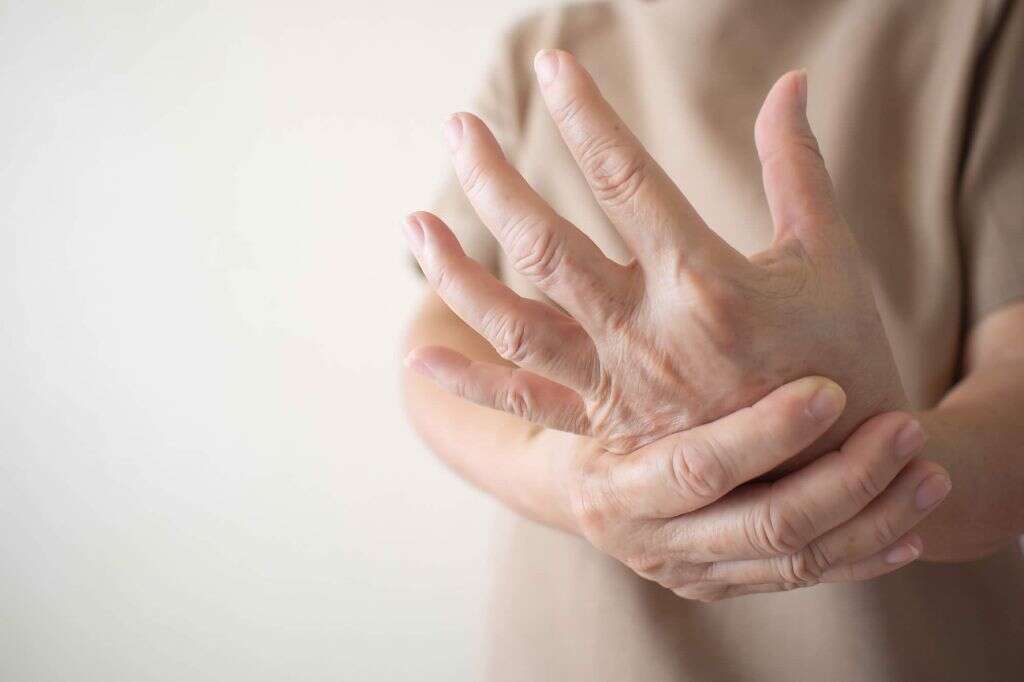
10. Prognosis
Raynaud’s phenomenon is a life-long disease that can have a great impact on the quality of life of people who experience it, especially if complications are common. It can cause great discomfort, but it does not tend to evolve over time. Primary Raynaud’s phenomenon has a good prognosis. It is not a cause of mortality and rarely causes complications. Additionally, in most cases prevention of episodes is simple and attacks can be handled with simple measures.
On the other hand, the prognosis for people with the secondary phenomenon is associated with the underlying condition. The severity of complications and the efficacy of treatment in restoring normal circulation will determine the prognosis for any affected body part. If you or someone you know exhibits manifestations of Raynaud’s phenomenon, be sure to contact a healthcare provider for early diagnosis and management.



